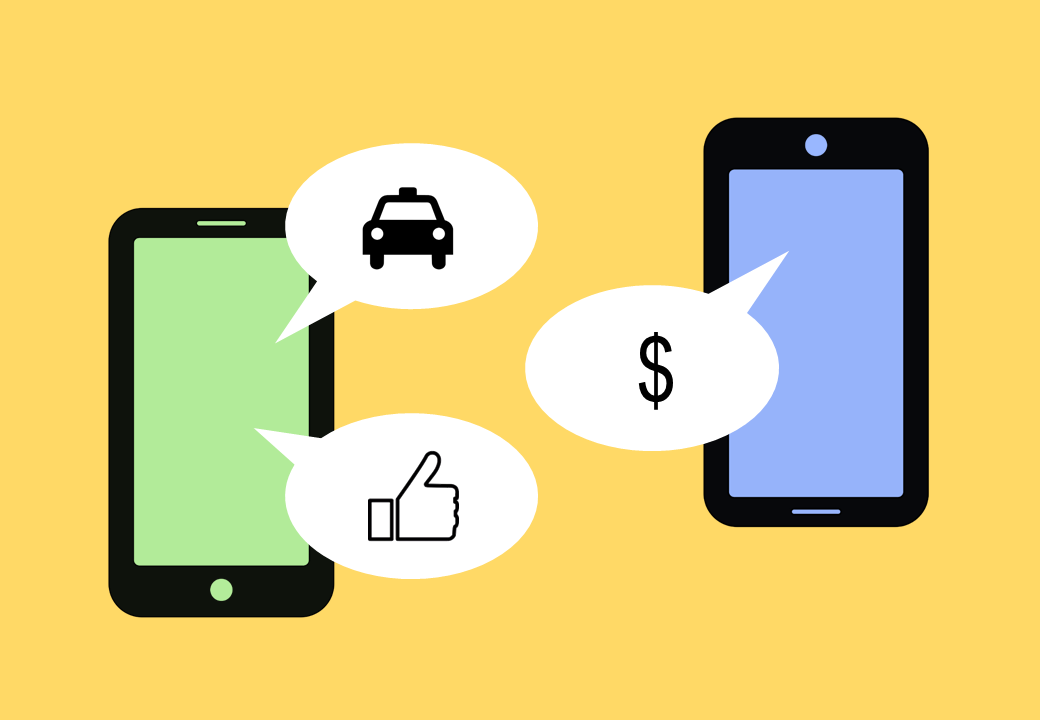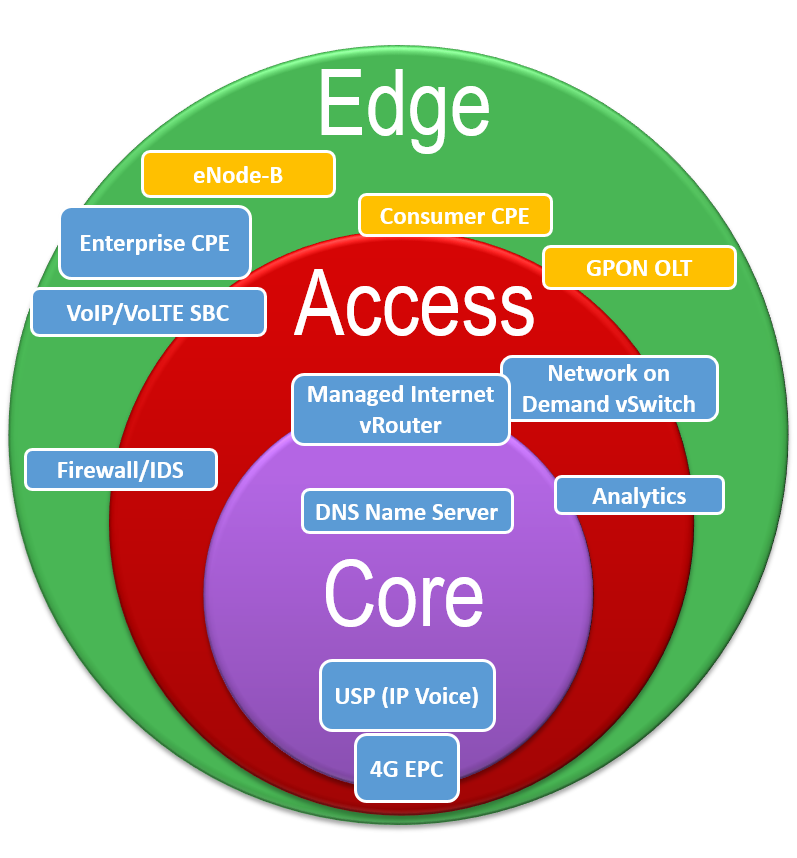
NTT DoCoMo: The Digital Pathfinder
Developing new digital services is a key growth strategy to make up for Voice revenue decline, but many telcos are struggling to implement it effectively. NTT DoCoMo has made more progress in digital services than any other operator, but is often dismissed as an example because Japan is considered “too different” to be useful for other operators. We disagree with this assumption and highlight key lessons that operators can learn from NTT DoCoMo’s digital journey.





